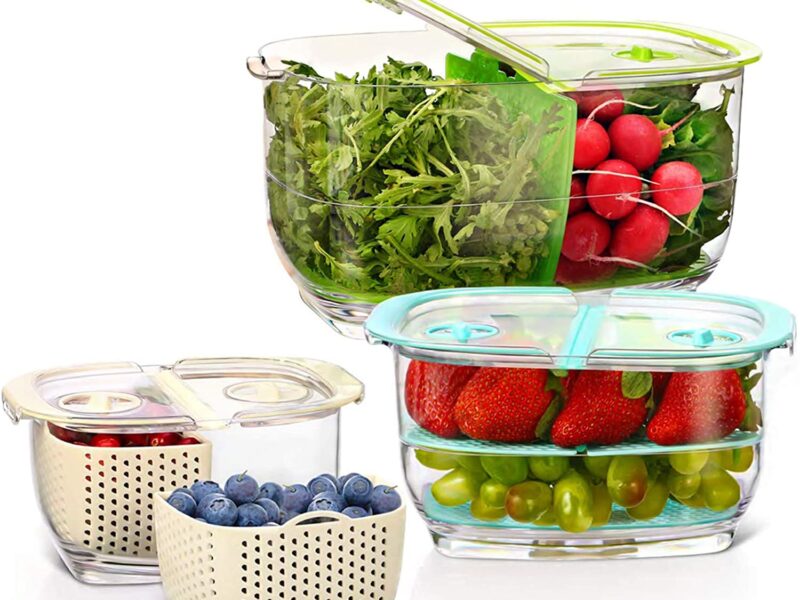
Tips To Select The Best Plastic Containers For Your Kitchen
Daily, the majority of us use food storage containers. Having the right container for the job makes life easier, whether you’re loading the fridge with leftovers from last night’s meal or bringing a salad to work.
Food storage and preservation containers are always present in every family’s refrigerator. The majority of them are made of plastic and are cheap, as well as convenient, and simple to clean.
Other food storage containers on the market are made of glass and are more secure and sophisticated than plastic containers, but they are more expensive.
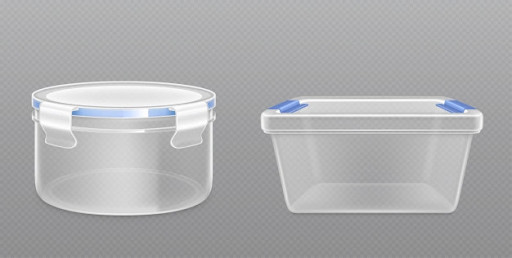
Source: Freepik
Things To Consider Before Before Buying A Plastic Container
Plastic containers have various symbols either on their lid or at the bottom. When in a hurry, we tend to ignore them. But, they can be a big deciding factor when you are trying out a new plastic brand.
Have a look at the following signs and their meaning:

- Look for a sign that says “microwave safe.” This will be stated on the bottom of good quality plastic. This means that you can place the container in the microwave for reheating purposes.
- Look for the Bisphenol A (BPA) free sign. This sign is usually absent in cheap containers. Make sure not to get carried away by the lower price and compromise with your health. According to new research, the newest substitute for BPA in plastic food storage containers is Bisphenol S (BPS). It is also unsafe.
- Look for the symbol that says “dishwasher safe.” Always place it on the top rack of the dishwasher, where the boiling hot water has cooled a little.
- Type 2,4 and 5 plastics are considered safe for food storage. Other types have toxic substances. Containers made out of such types are for one-time use only.
- To be airtight, the container lid should have a silicone gasket. The lid should be tested in the store.
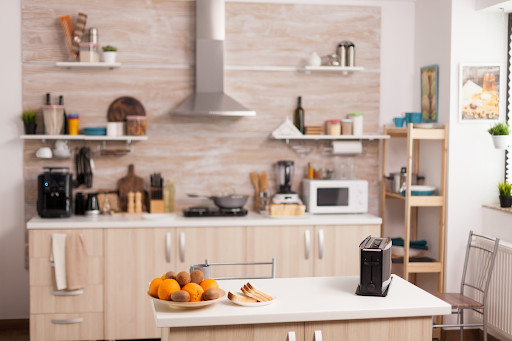
Source: Freepik
7 Tips For Choosing the Right Container
Here are a few storage tips that will make your kitchen more organized, helpful, and streamlined, so you don’t end up with a fridge full of mismatched deli containers or reheating leftovers in potentially unsafe plastic.
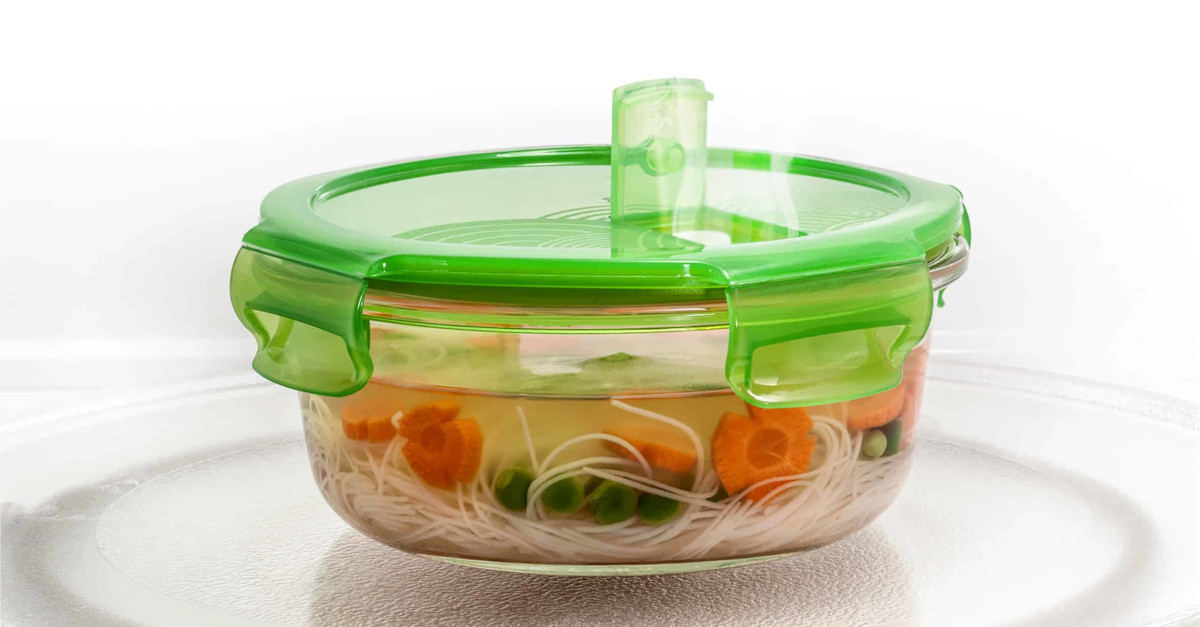
-
Choose the Right Material
Kitchen storage containers are available in a variety of materials. The most common materials are glass and plastic. Before buying a container one must know the pros and cons of each type.
Many airtight plastic containers are leakproof hence you can easily store them in the fridge without worrying about the food getting spilled. Some of them are safe for reheating. So, you can directly place them in the microwave. They are lighter and less costly than glass containers. If leakage, weight, and cost are your concerns, you should buy airtight plastic containers.
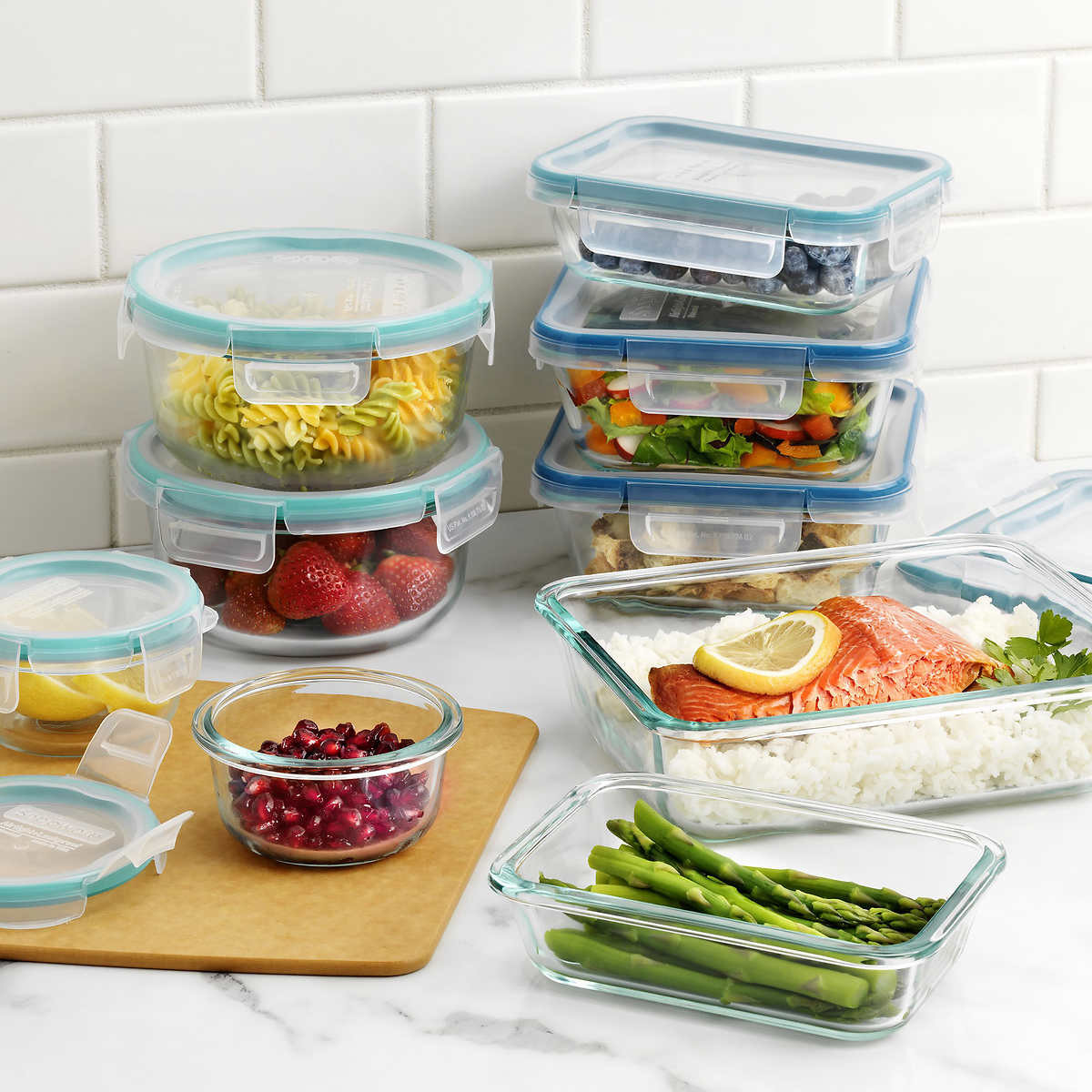
-
Select the Correct Type of Plastic Containers
Before buying a plastic container, you must be clear about its purpose and the type of food you are going to store in them.
While multipurpose containers are also available, some are specific for the type of food you are storing. Plastic containers for dry snacks and cereal, pulses and grains, or other pantry staples, should be clear so you can see what’s inside and airtight to keep dried foods fresh. These containers stack nicely and come in a variety of sizes.
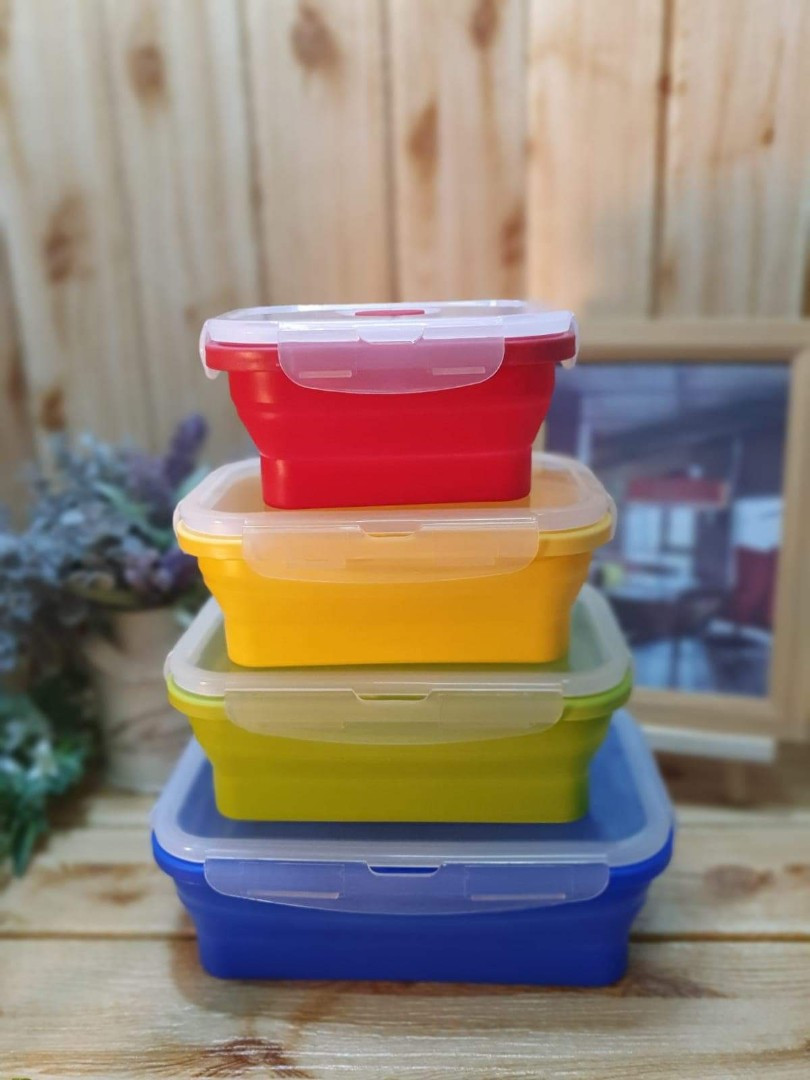
-
Be Clear About the Container Size
Larger quantities of kitchen or pantry products, such as flour or sugar, should be stored in dishwasher and freezer safe containers. This will save you from emptying a full 5-pound bag of sugar or rice if you don’t have enough storage space. In case you need unique and customized containers, the China plastic injection mould companies can manufacture designs according to your preference.
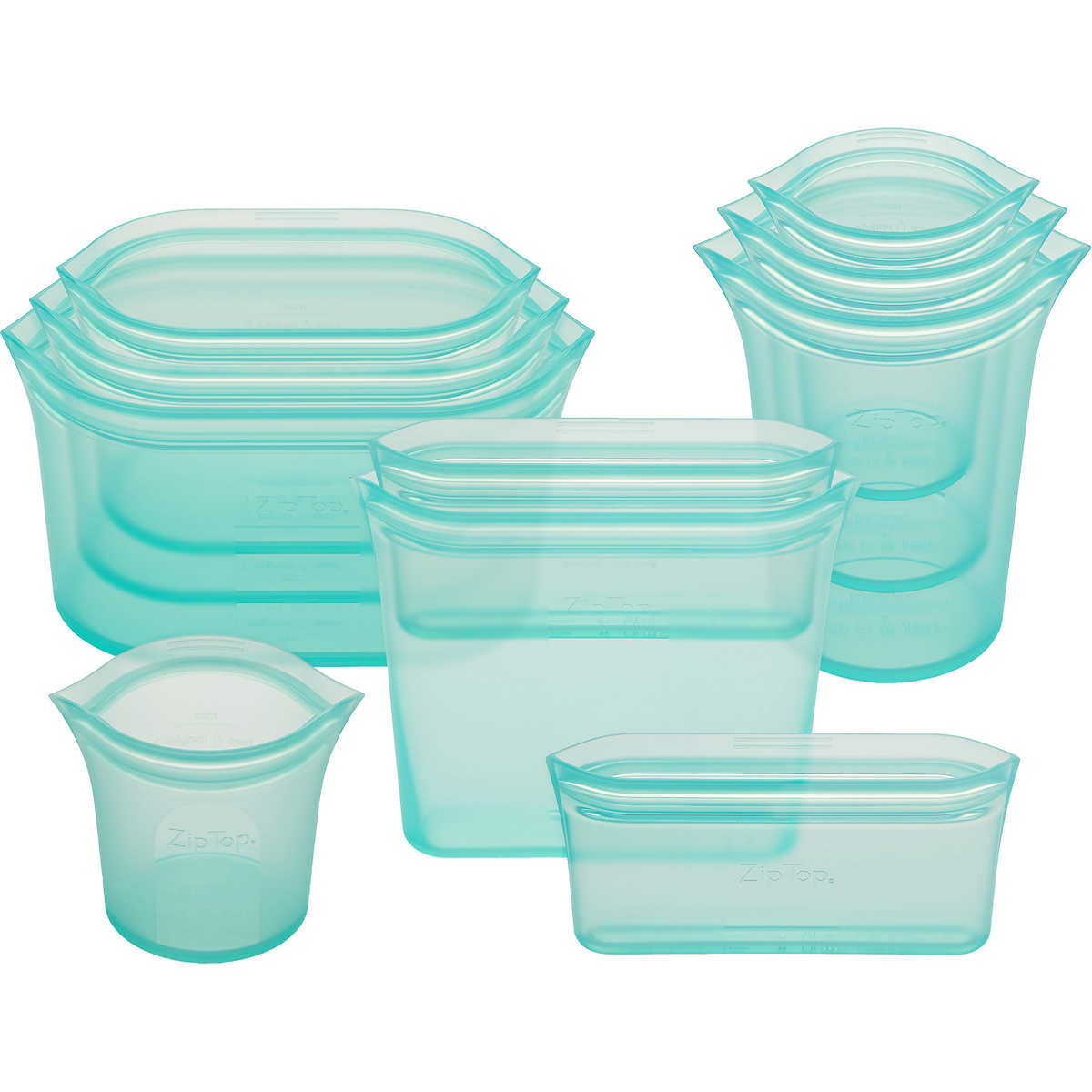
-
Invest in Quality of Plastic
Less expensive food containers absorb aromas and degrade much faster than higher-quality glass or plastic containers.
While single-use, low-cost plastic containers sold at the supermarket may be appealing for a variety of reasons, you should spend a little more money on a slightly higher-quality glass or plastic set. This is beneficial in the long run.
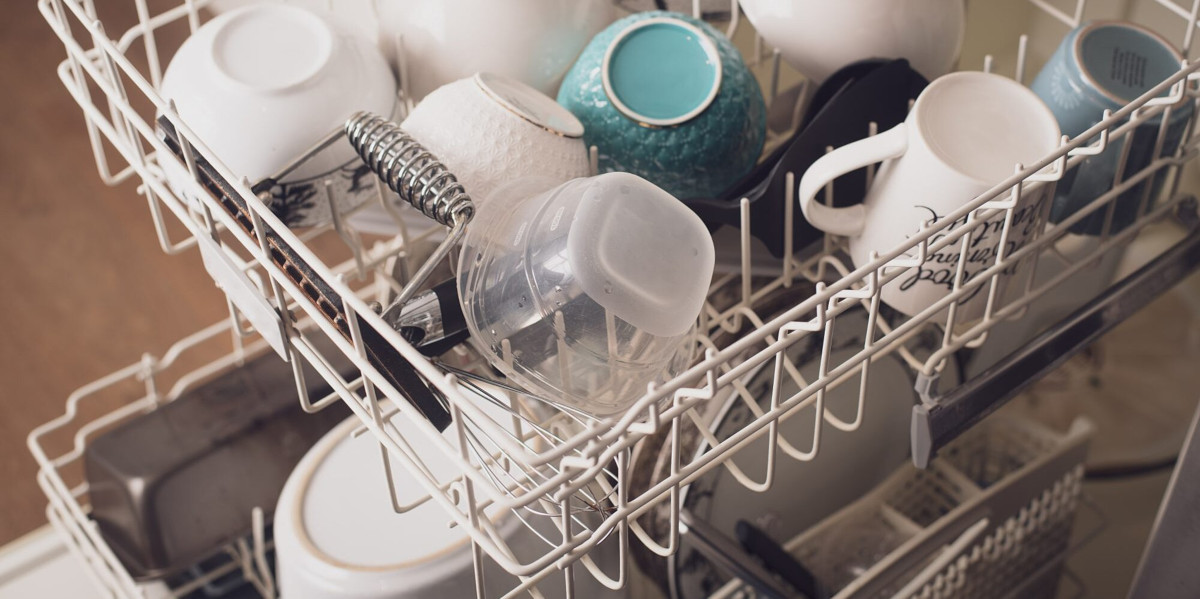
-
Address Storage Problems While Buying
Buying large plastic containers may cause problems in storing them. You should be aware of storage space in your kitchen and plan accordingly.
Buying new containers of different shapes or companies may also cause storage problems. Containers are usually stacked over each other. Make sure to match the shape and dimensions of old and new containers as different companies may manufacture containers of a particular shape with different dimensions. This causes problems while stacking.

-
Check for Reheating Potential
Even if the container is microwave safe, avoid reheating the container in the microwave often. Glass and ceramic bowls will do the job considerably better and will not leach chemicals. Many people prefer to reheat in glass containers, which eliminates the need for that consideration entirely.
Some good plastics allow you to refrigerate leftovers and reheat them directly from the fridge. This saves your time by cutting down the task of transferring food from one container to another. But, heating in plastic is not recommended for longer durations.
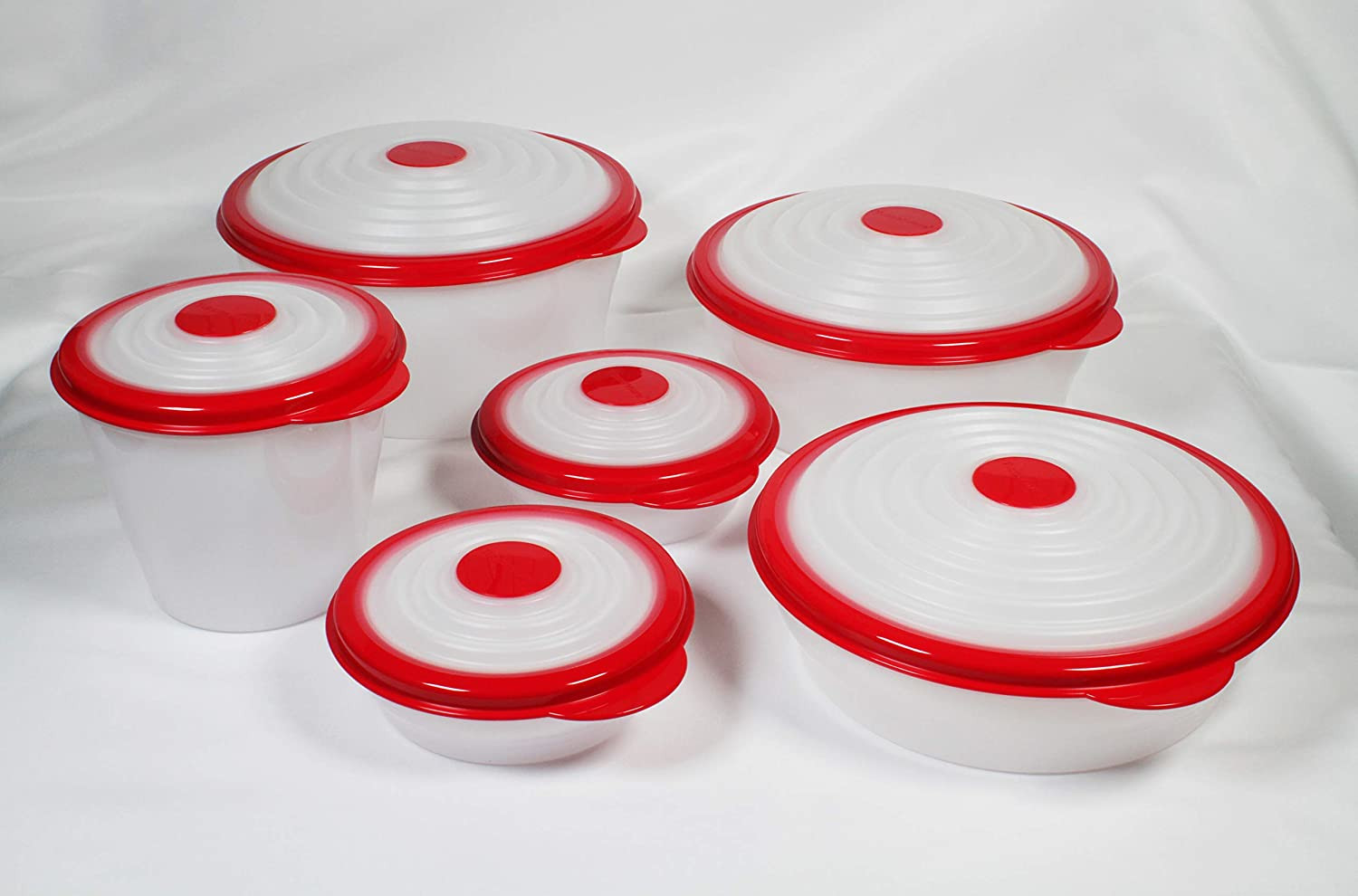
-
Get Rid of Old Containers
Before buying a new container, consider checking old plastic items. Most of the plastics are usually recyclable.
Discard the unwanted and mismatched containers. Old and low-quality plastics undergo chemical changes with time. Hence, storing food in them can be harmful to your health.
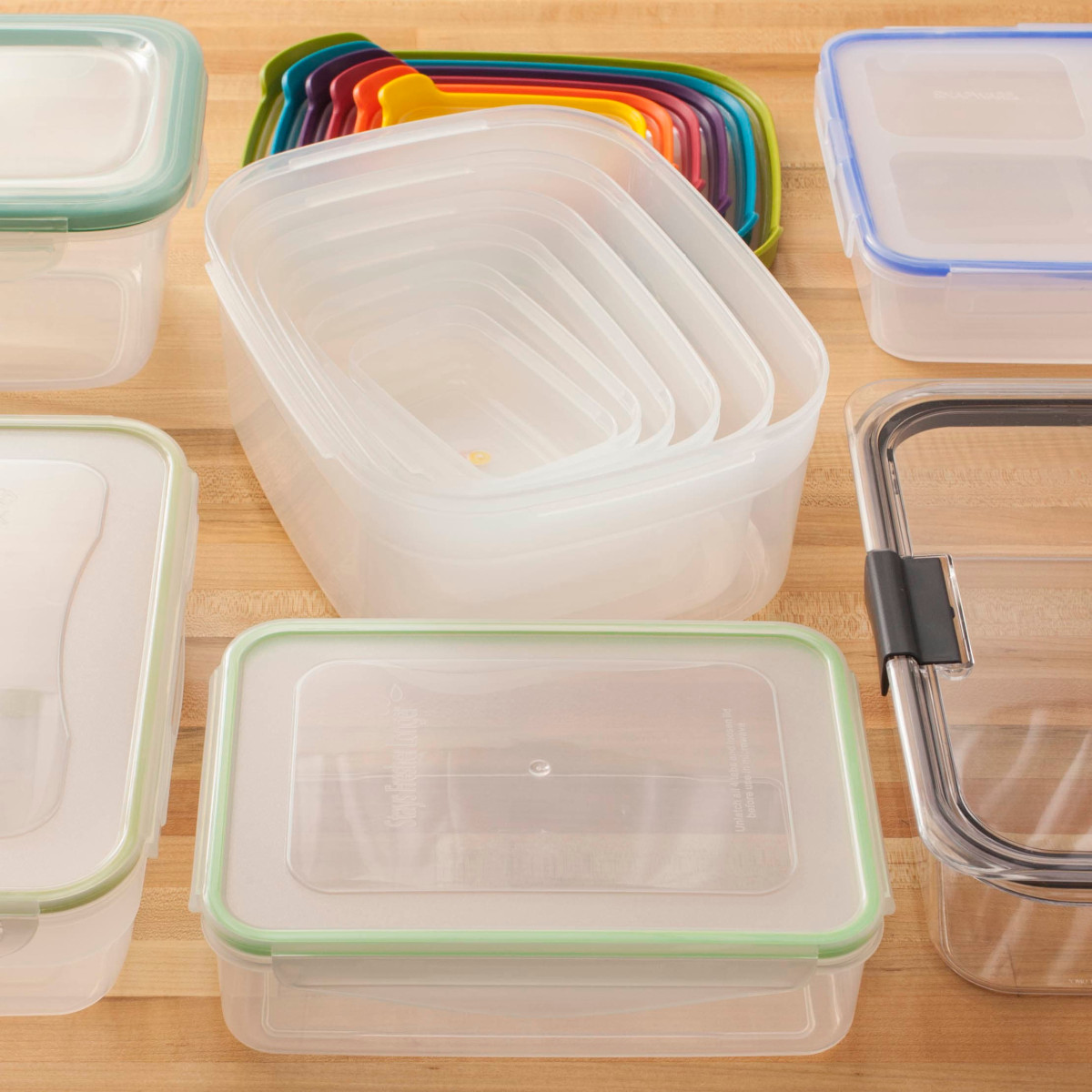
Conclusion
In a nutshell, paying attention to warnings and signs on plastic containers and a little bit of planning can get you a perfect plastic container for your kitchen. Some cheap plastics are harmful. Therefore, while buying a container, one should always give preference to health over money.





